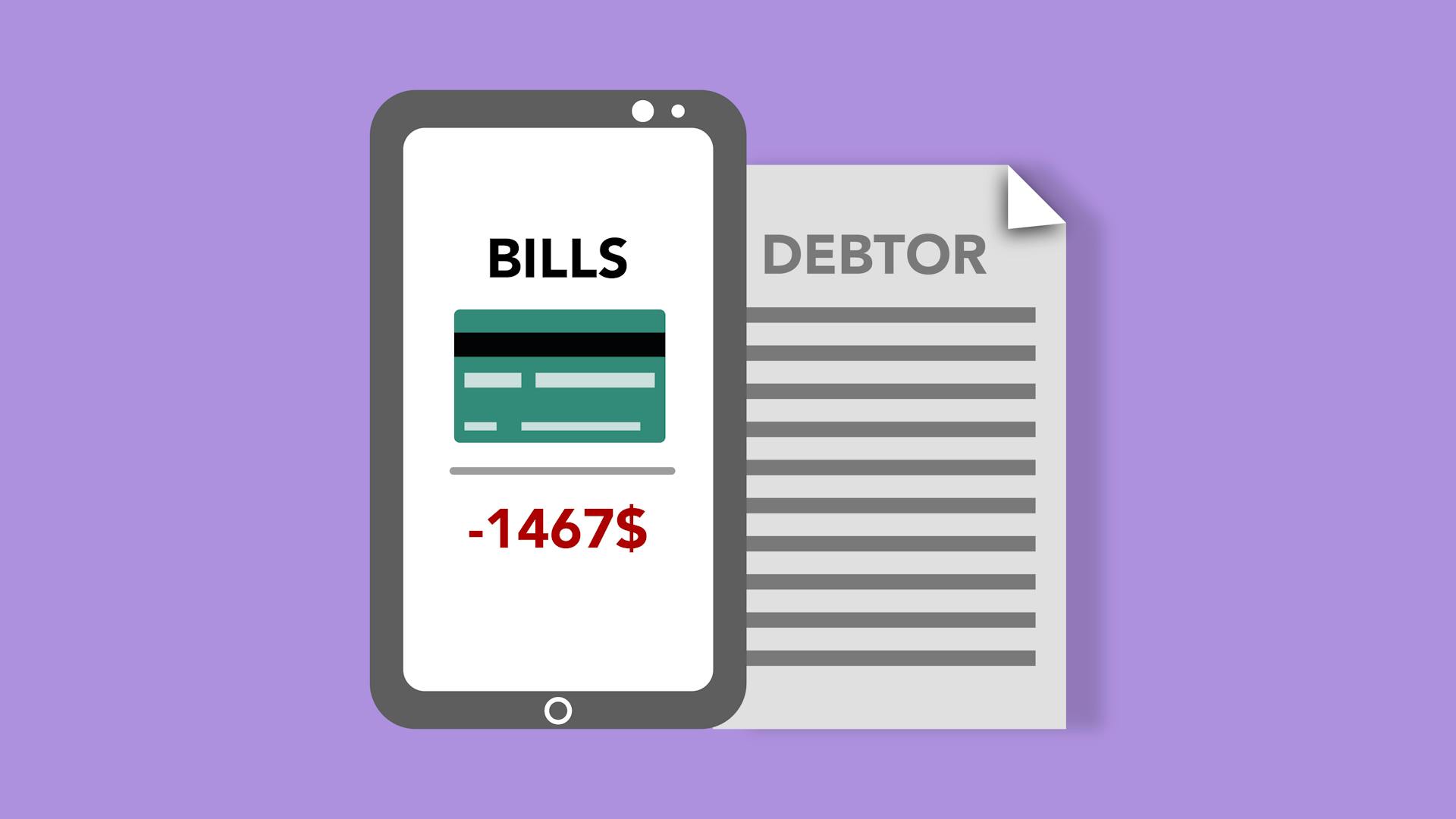

Question: What is DTI: Debt To Income Ratio?
Answer: DTI is a financial measure, dividing total monthly debt payments by gross monthly income, used to assess debt management and repayment ability.
What is DTI: Debt To Income Ratio? Introduction to Debt to Income Ratio
The Debt to Income Ratio (DTI) is a key financial metric, especially in the realm of real estate. It measures the percentage of a person’s gross income that goes towards paying debts. Understanding DTI is crucial for anyone involved in real estate transactions, whether you’re a buyer, seller, or investor.
Why DTI Matters
DTI is important because it helps lenders determine a borrower’s ability to manage monthly payments and repay debts. A lower DTI indicates a healthy balance between debt and income, which is crucial for financial stability. [ 1 ]
Click here for more information on Orangeville realtors
Related Article: What is FMR: Fair Market Rent?
Related Article: What is DSCR/DCR/DSR: Debt Service Coverage Ratio?
Calculating Debt to Income Ratio
Understanding how to calculate DTI is fundamental in assessing financial health.
The DTI Formula
DTI is calculated by dividing total monthly debt payments by gross monthly income, then multiplying by 100 to get a percentage.
What Counts as Debt?
Debts in this calculation typically include monthly mortgage payments, credit card payments, car loans, student loans, and other personal loans.
The Role of DTI in Mortgage Approvals
DTI is a significant factor in the mortgage approval process. Lenders use it to evaluate a borrower’s likelihood of repaying a mortgage.
Lenders’ Perspective on DTI
Most lenders prefer a lower DTI ratio as it suggests the borrower is not overly burdened by debt and can likely manage additional loan payments.
Ideal DTI Ratios for Mortgage Approval
While standards can vary, a DTI ratio of 36% or less is often viewed favorably by lenders, with no more than 28% of that debt going towards servicing a mortgage.
DTI Benchmarks in Real Estate
Understanding the benchmarks for DTI can guide individuals in managing their finances, especially when preparing for a real estate purchase.
What is a Good DTI?
A good DTI ratio typically falls below 36%. However, some lenders may allow higher ratios, especially for borrowers with strong credit scores and stable income.
High DTI and Real Estate Purchasing Power
A high DTI ratio can limit your borrowing power. It might lead to higher interest rates or a requirement for a larger down payment.
Strategies for Improving Your DTI
Improving your DTI is crucial for financial health and can enhance your ability to secure favorable mortgage terms.
Paying Down Debt
Reducing outstanding debt, especially high-interest debt like credit cards, can significantly lower your DTI ratio.
Increasing Income
Another strategy is to increase your income. This could involve seeking higher-paying job opportunities or developing additional income streams.
Visit this page to get more info about how Jennifer Jewell can help you
Conclusion: The Importance of DTI in Real Estate Finance
In conclusion, the Debt to Income Ratio is a vital indicator of financial health in the context of real estate. It influences lending decisions and plays a crucial role in the home buying process. By understanding and managing your DTI ratio, you can improve your financial standing and enhance your prospects in the real estate market. Maintaining a healthy DTI is not only beneficial for securing a mortgage but also for achieving long-term financial stability.
References
1. https://www.investopedia.com/terms/d/dti.asp


